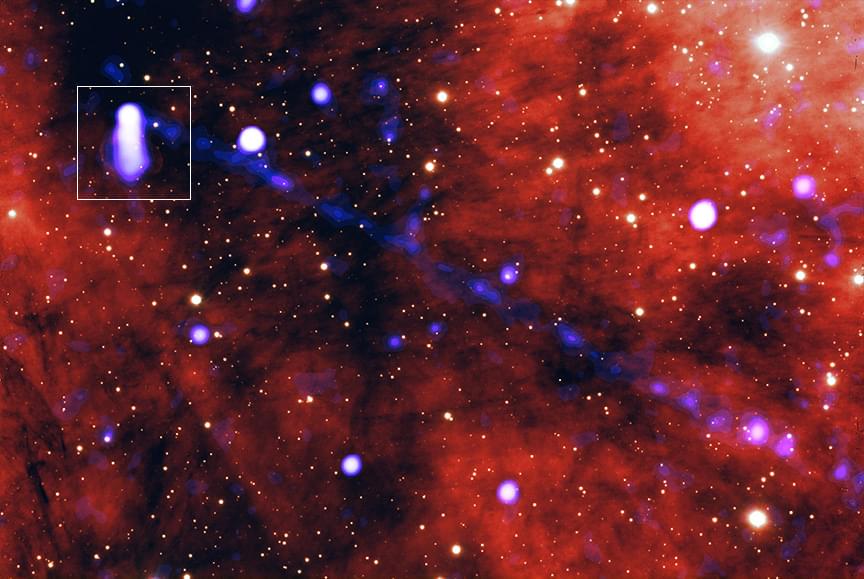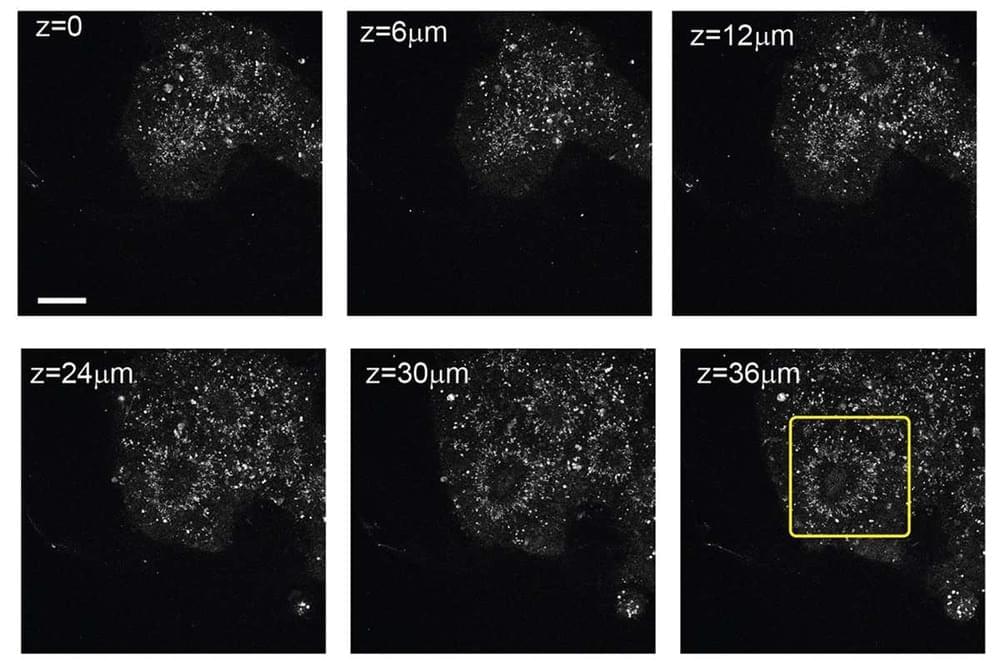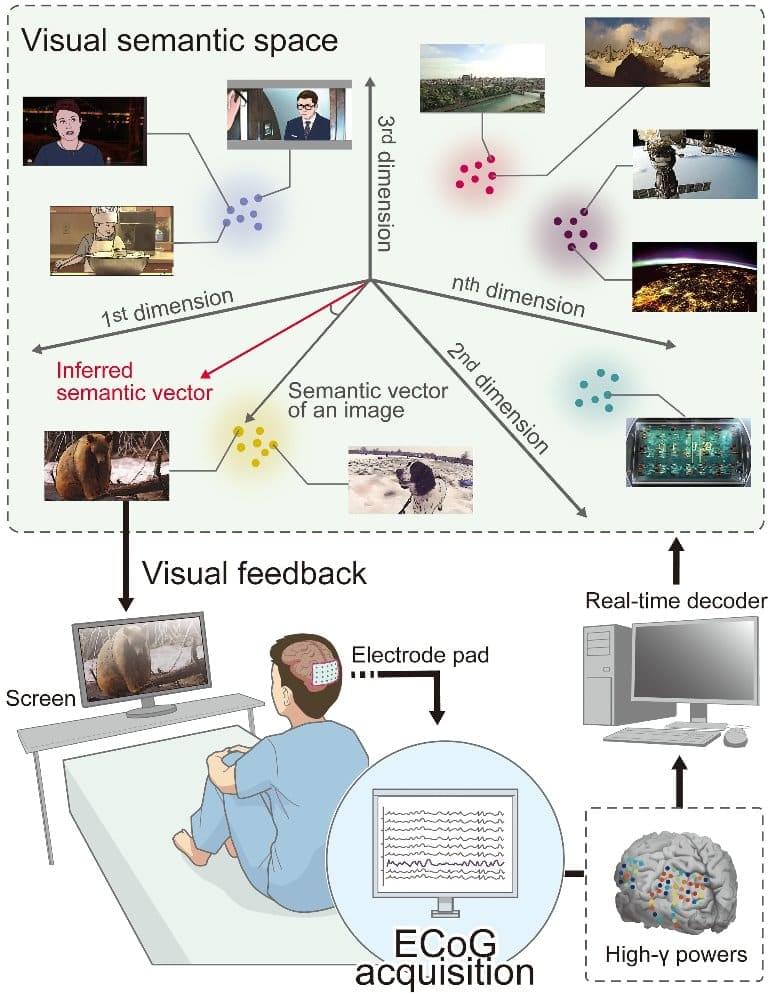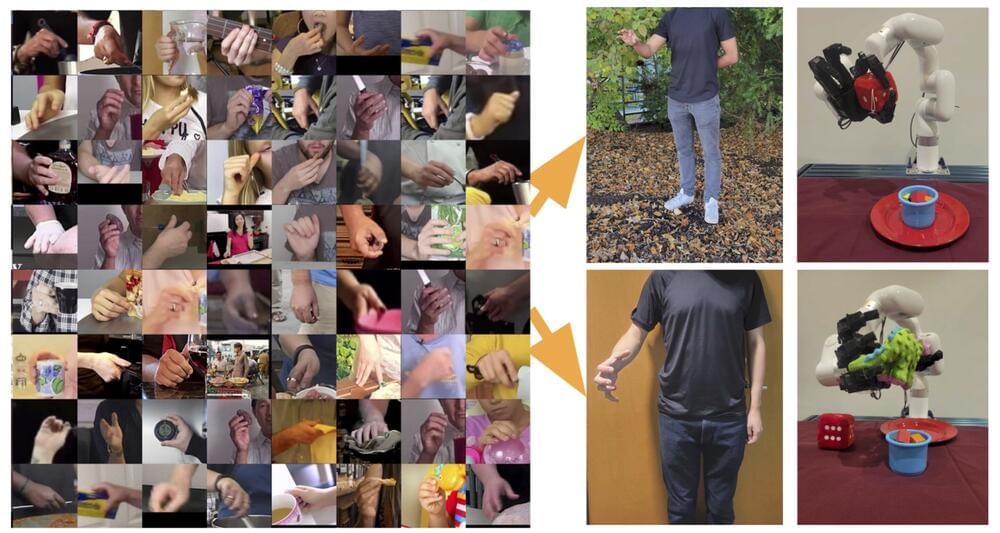Nature proves truth is still stranger than fiction: A pulsar has shot energetic particles in a thin, straight line that extends for light-years into space. The discovery might explain how antimatter makes its way to Earth.
Star Trek can keep its ray guns — pulsars make far more powerful beams of radiation.
Crushed stellar cores, left behind when a massive star goes supernova, are among nature’s own particle accelerators. Though pulsars are only the size of Manhattan, their dizzying spins and powerful magnetic fields can energize particles to a significant fraction of the speed of light. In addition, pulsars glow with high-energy radiation, which can itself convert into pairs of electrons and their antimatter counterpart, positrons.






